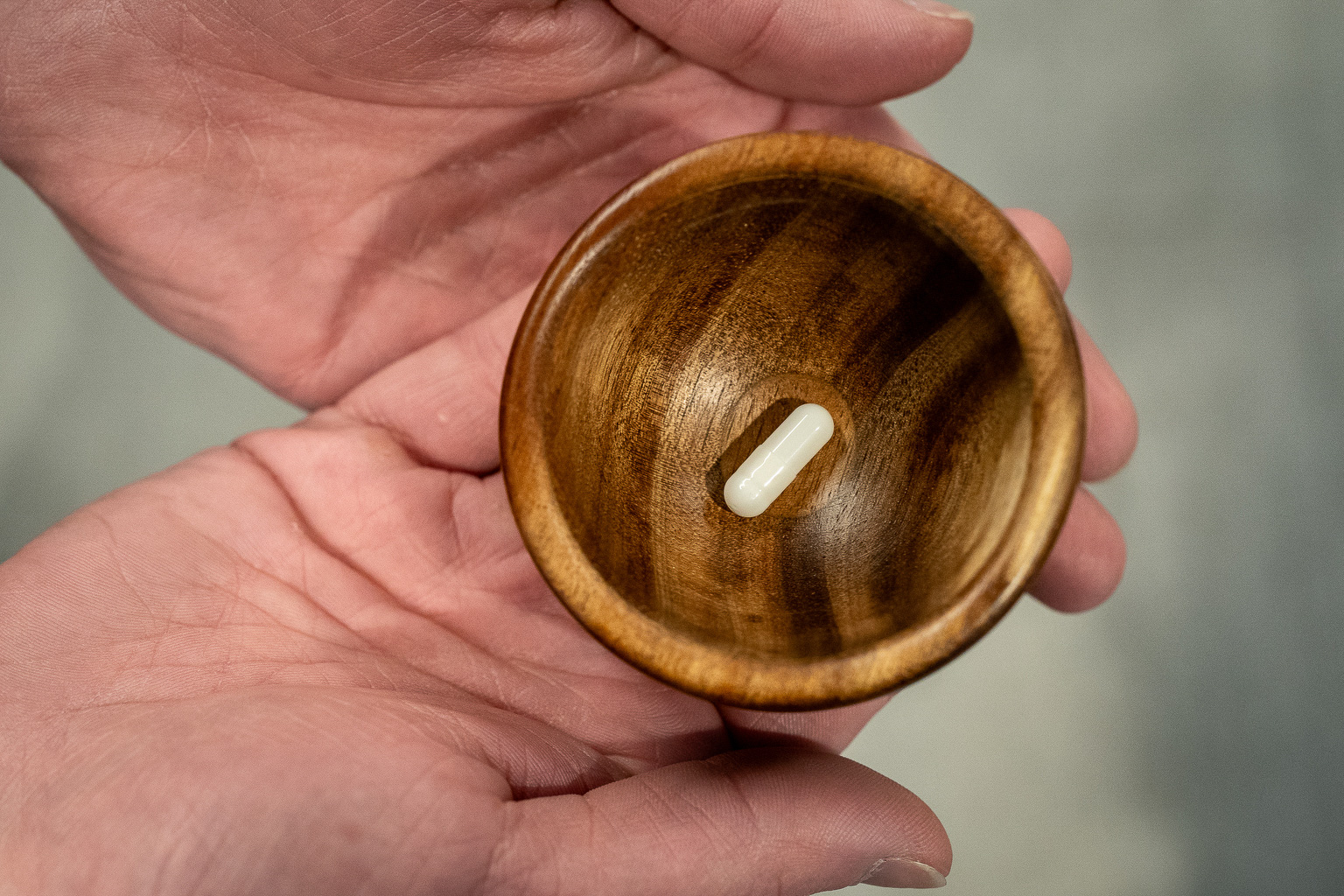
Colorado’s state capitol is getting a major upgrade. A two-year renovation of the building’s signature gold dome was recently completed – and on the inside, work is underway on both the House and Senate chambers. As with any remodeling project, workers have uncovered some interesting surprises along the way.
The state capitol opened in 1894 and several restoration projects have been undertaken since then. The most recent work began because of a radiator…
“When I first came into the house I was sitting on one of the chairs in the chamber looking up at the gallery and there was a radiator that was crooked and broken,” said Representative Frank McNulty (R-Highlands Ranch). “And I said to the House Clerk, why don’t we fix the radiator.”
Chief Clerk of the House Marilyn Eddins said she had long been bothered that parts of the chamber haven’t been upgraded.
“I had tried for three years to get that radiator tilted right,” said Eddins. “And capitol complex kept telling me it was a big deal to do, they didn’t have enough money. And it required a lot more than just straightening it because of the pipes it couldn’t be done.”
In fact, nothing happened– until four years ago when McNulty became Speaker of the House.
“I would ask one more time,” said Eddins. “He said while you’re at it why don’t you see what’s behind the acoustical tile.”
The walls and ceilings in both chambers were covered in the 1950s with what McNulty calls nasty beige tiles.
“And when we took the acoustic tiles off and saw what was behind them. That really put an exclamation point behind why we were doing this, the intricate detail of stenciling on the walls,” said McNulty.

What they found was ornate stenciling; the house has a green color, the senate is red.
“Look at every inch that was on here. There’s handwork everywhere from the ceiling to the floor,” said Jill Eidie. She works for Evergreen Architectural Arts based in New York City. She’s spent the last 3 and half months hand painting the stencils.
“My hands have been all over this building that’s for sure. They really wanted to keep an eye on its history and preserve what was here. Sometimes people go in and don’t have the budget or the time to respect what was there.”
It’s not just the stencil work. Patrick Tague is with Spectrum General Contractors. He helped removed the acoustic tiles. After spending countless hours staring at the paint underneath he noticed something.
“There’s a shield in the center of the wall and it’s surrounded by dogs; surrounded by what is an eagle. Right now there’s kind of a leafy pattern,” said Tague.
What he’s describing isn’t visible to the naked eye, but he noticed differences in texture, and an infrared camera borrowed from the Denver Art Museum revealed the rest.
“No one ever anticipated that we find stencil under the stencil. We found out pieces of history that aren’t recorded anywhere,” said Tague.
Well worth the project’s overall $6 million price tag according to legislative staff.
“I know that’s a lot of money but not when you consider what this building should be,” said Eddins. “After seeing some of the capitols back east in other parts of the country, this one looked a little shabby to me and it isn’t, it’s beautiful and it should be more beautiful. And it is more beautiful and the people that come to see this capitol are going to be even more proud of it than they are now.”
And there could be more discoveries to be found. All the panels in both chambers have paintings, portraits, and profiles underneath the current restoration. Next year the acoustic tiles will come off the ceilings and skylights that were bordered up will be uncovered. The entire project will be completed next year. It’s one piece of legislation that both political parties got behind and helped find the money for it over the course of four years.









